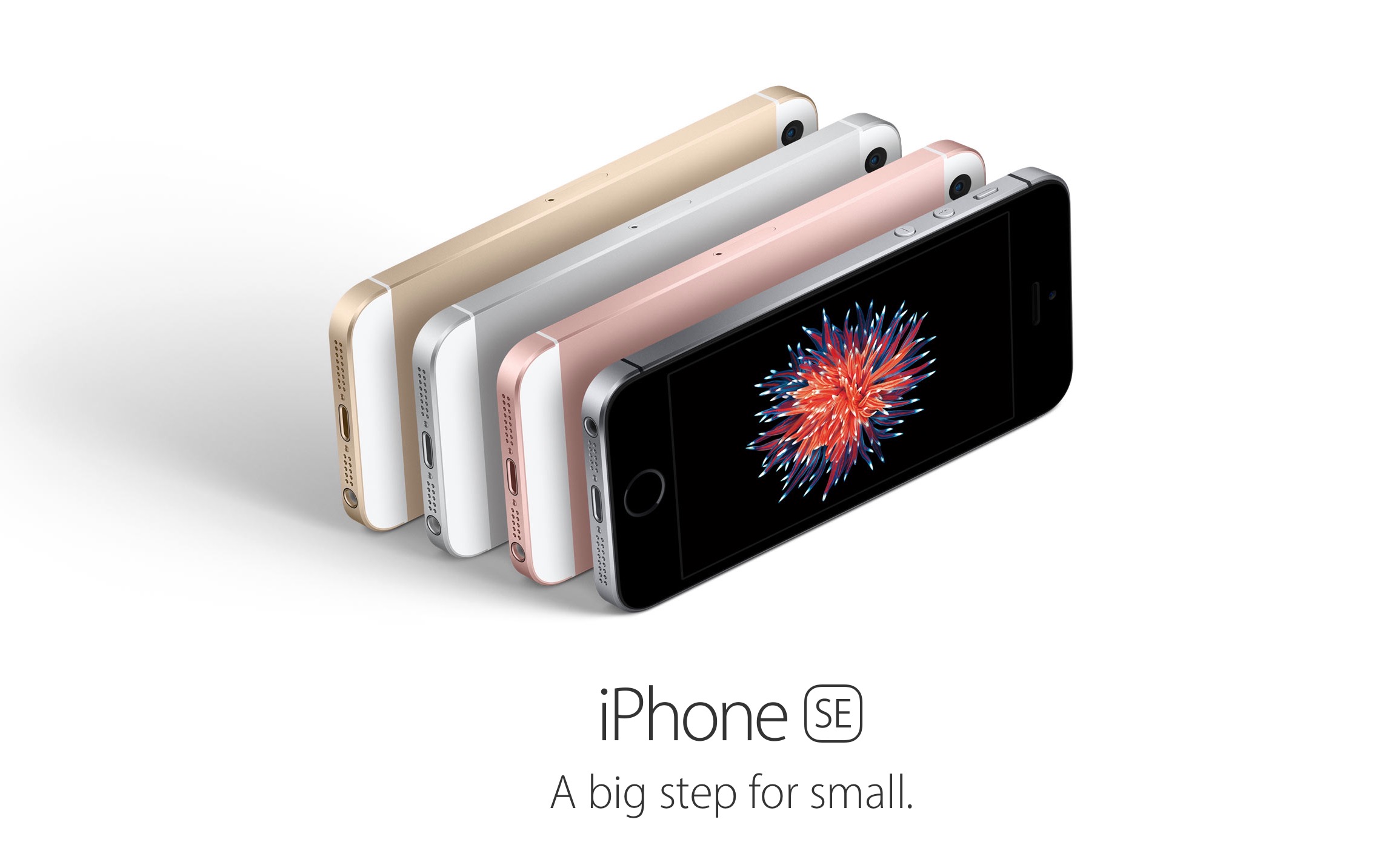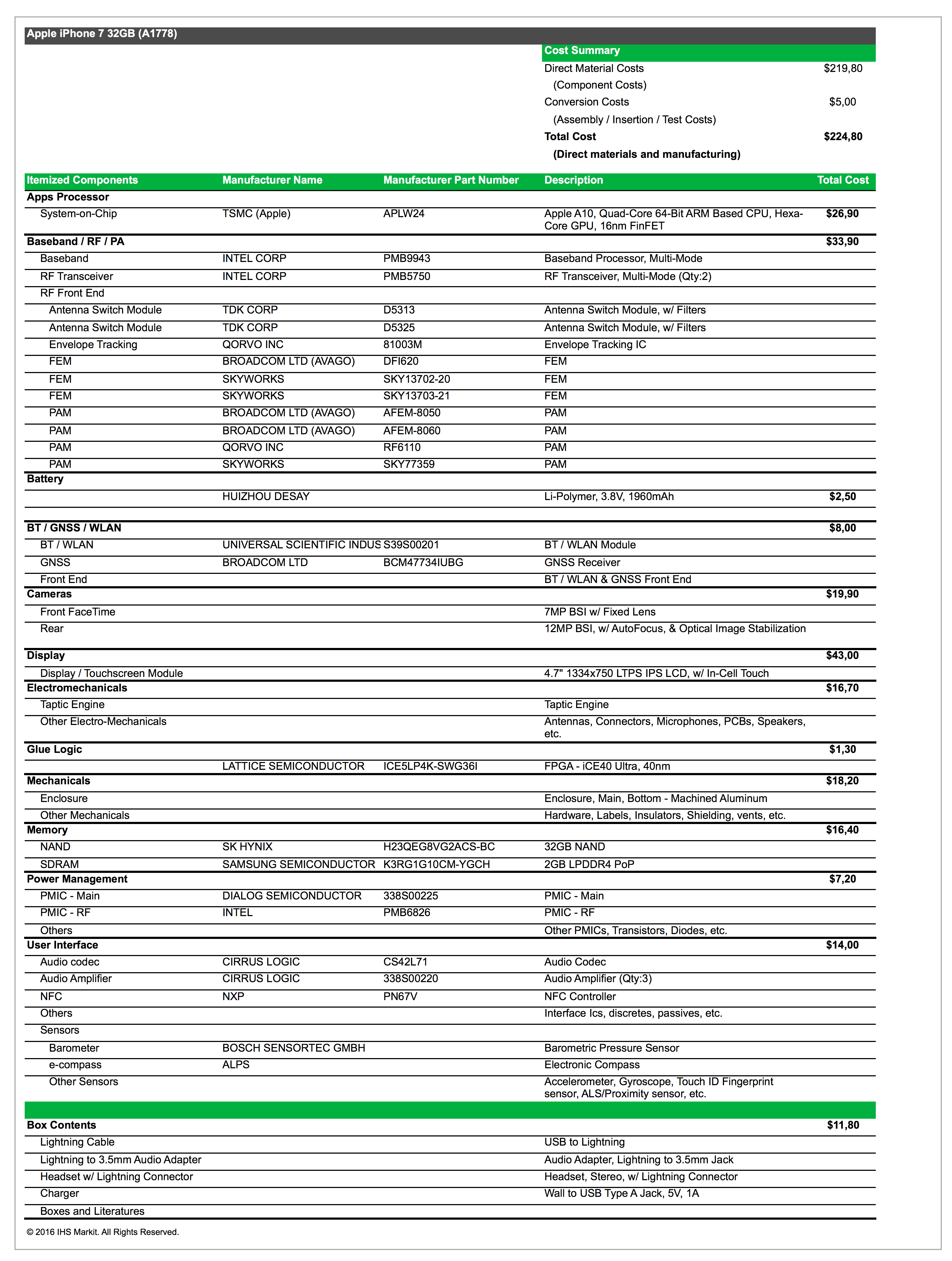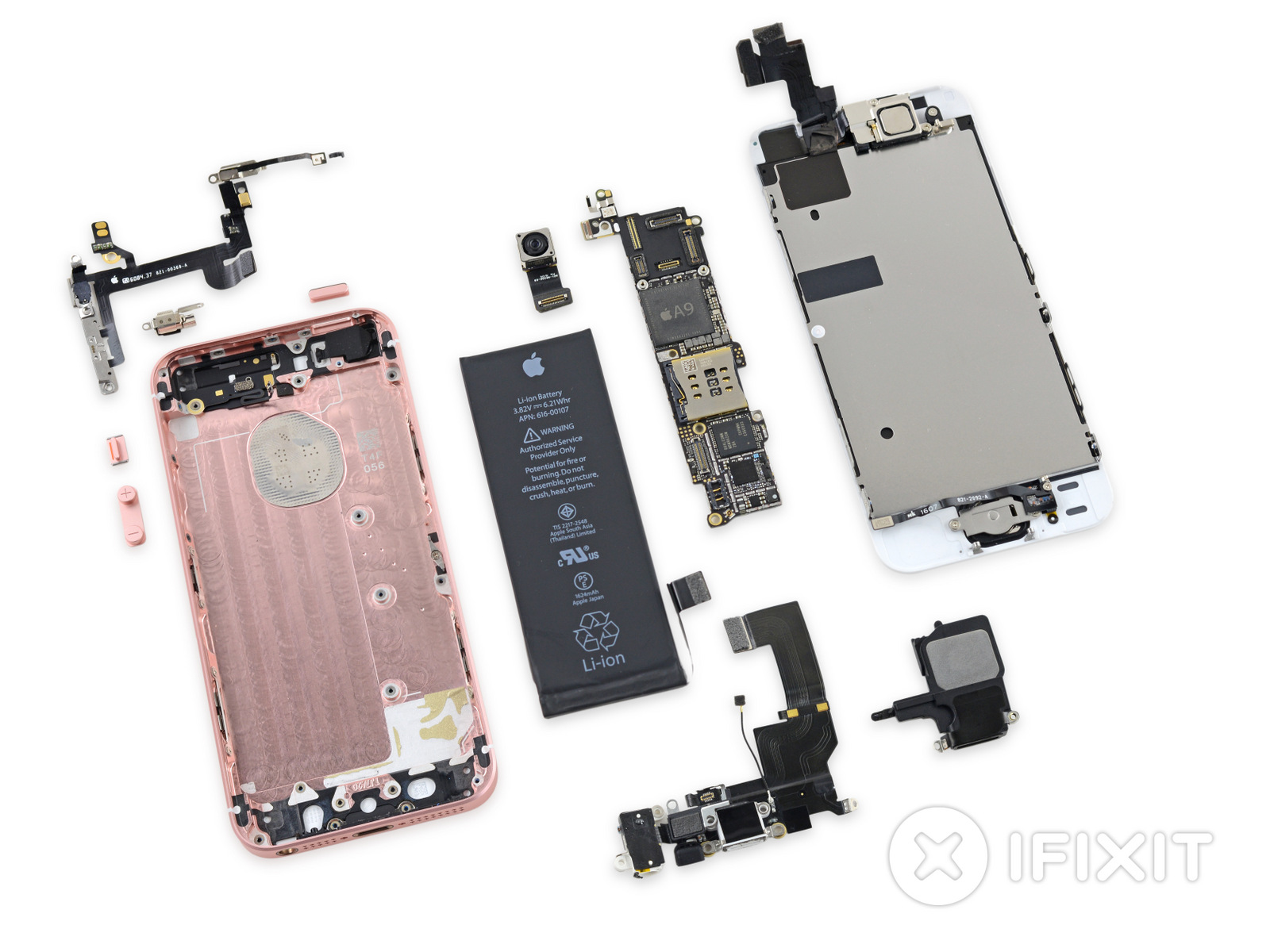KGI Securities analyst Ming-Chi Kuo is predicting iPhone sales will drop in the first quarter of 2017 because he is not expecting a refreshed iPhone SE model that could perhaps reinvigorate demand during the slow post-holiday quarter.
Kuo’s note to investors Friday says Apple’s been putting pressure on component makers to reduce prices in order to protect its high gross margins that are the envy of the industry.
On a recent conference call with analysts, Apple indeed provided lower-than-expected gross margin guidance between 38 percent and 38.5 percent for the holiday quarter versus Wall Street consensus of at leasts 39 percent.
Kuo also isn’t expecting Apple to refresh the iPhone SE in Spring 2017 because the company wants to avoid cannibalization of the latest-generation iPhone 7. That could be true, but don’t forget that Apple is not afraid to cannibalize its own products. Besides, if they really wanted to minimize handset cannibalization Apple wouldn’t have released the iPhone SE in the first place.
iPhone 7 bill of materials costs are higher than previous versions, according to IHS Markit, which probably explains why Apple is not expecting its gross margins to improve during the current quarter.
32GB iPhone 7 carries an IHS-estimated $219.80 in bill of materials costs.
“Total BOM costs for the iPhone 7 are more in line with what we have seen in teardowns of recent flagship phones from Apple’s main competitor, Samsung, in that the costs are higher than in previous iPhone teardown analyses,” said IHS’s Andrew Rassweiler.
“All other things being equal, Apple still makes more margin from hardware than Samsung, but materials costs are higher than in the past.”
The iPhone SE launched on March 31, 2016.
Kuo’s report doesn’t look beyond Spring 2017, meaning it’s possible for Apple to refresh the SE alongside other iPhones in the Fall of 2017. The KGI analyst cautions that milking the supply chain for all it’s worth won’t affect major suppliers such as Samsung and semiconductor maker TSMC.
Samsung due to its sheer size has bargaining power to fight the pricing pressure and TSMC’s production capacity was pre-booked, meaning switching these two suppliers would be very costly for the Cupertino firm.
Samsung actually might be able to raise prices, Kuo predicted.
Because 3GB DRAM and 3D NAND flash “will likely remain in short supply in the holiday quarter, Samsung “is unlikely to surrender to the pressure and may even raise its product prices,” reads Kuo’s analysis.
Suppliers with weak bargaining power—and a majority of iPhone suppliers fall into the category—may have no choice but bow to Apple’s demands and cut prices of components at the expense of their own already thin gross margins.
All in all, Kuo is forecasting iPhone shipments of 40-50 million units for the holiday quarter, down year-over-year from 51.2 million units. Total iPhone shipment in the second quarter of 2017 are predicted to hit 35-40 million units, down from 40.4 million units at the same time last year.
Assuming Kuo’s report proves true, it’s somewhat disappointing that the iPhone SE won’t be refreshed in a few months (though, as I said, Apple could delay the refresh to put the iPhone SE on the same fall release schedule as other iPhone models).
It’s worth keeping in mind that the four-inch form factor is particularly popular with approximately one-quarter of iPhone buyers. The iPhone SE does a lot of things right by packing in the iPhone 6s-class hardware (sans 3D Touch) in the beloved iPhone 5s design. It’s one of the best phones Apple’s ever made and I don’t want to see it lingering without a refresh for years.
In your view, should the iPhone SE also be on an annual refresh cycle like other iPhone models?
Source: AppleInsider


